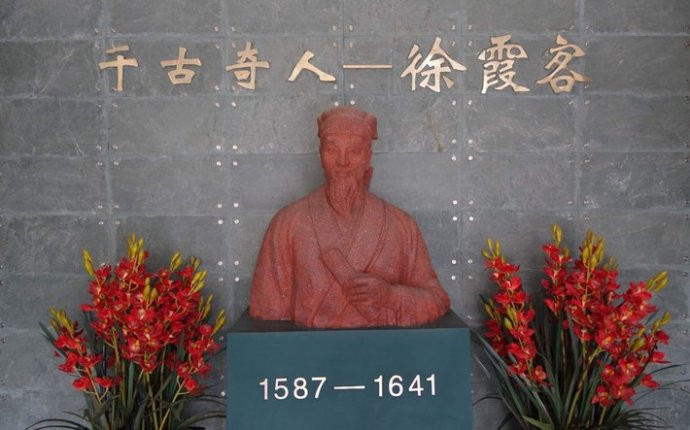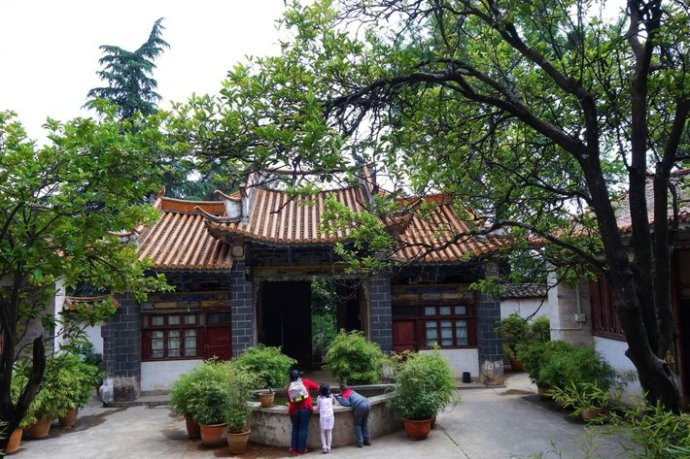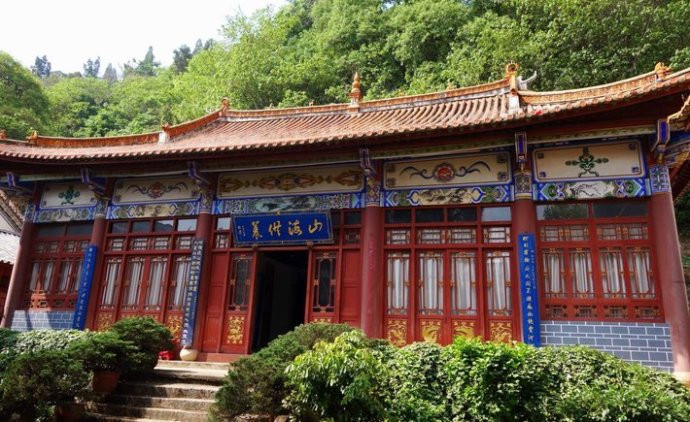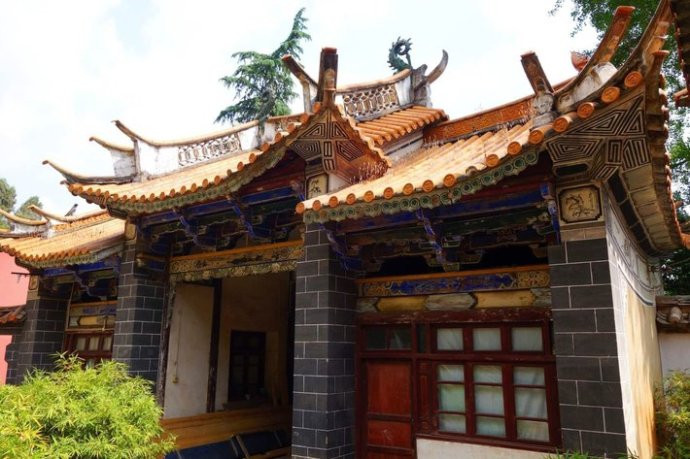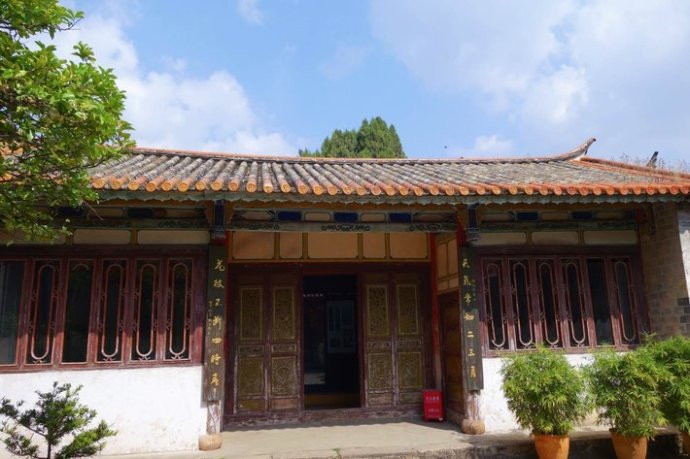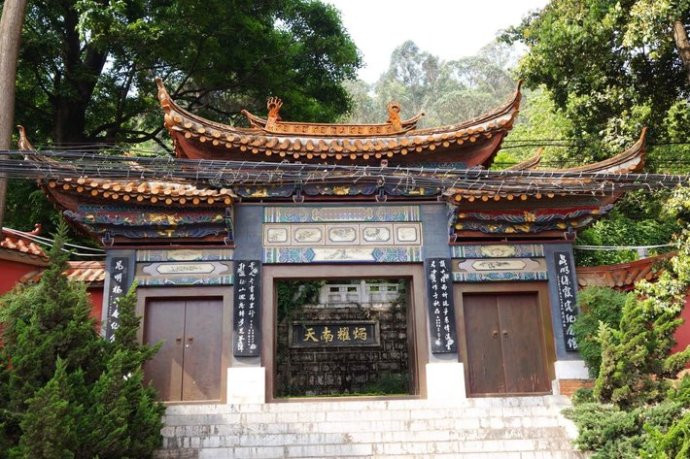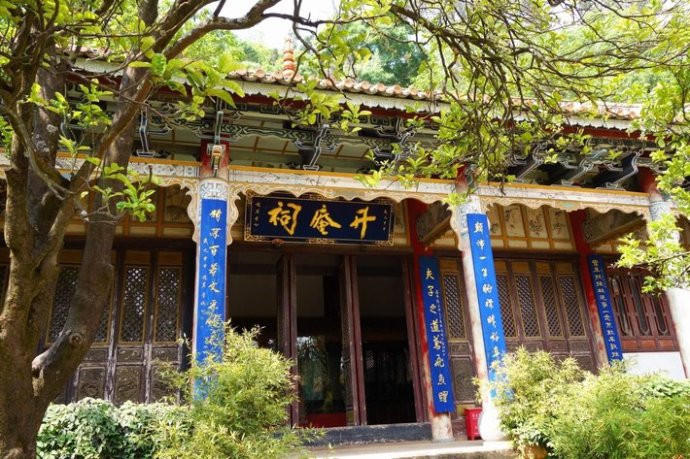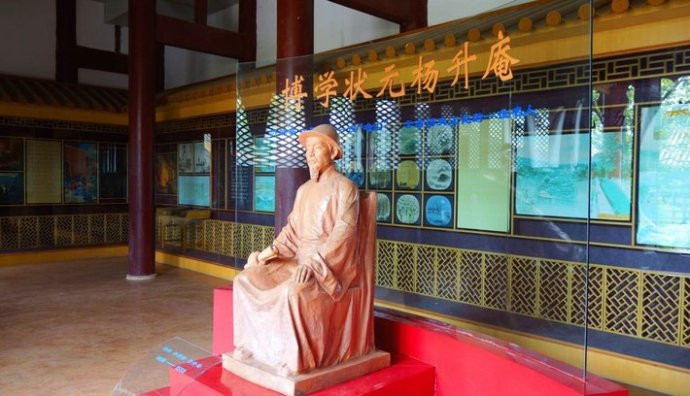Ancestral Temple of Yang Shengan in Kunming
Overview
The Ancestral Temple of Yang Shengan (升庵祠) is located at the foot of the Xishan Mountain (西山) and by the shores of Dianchi Lake (滇池) in the village of Gaoyao (高峣村), Kunming City (昆明市). Built during the Wanli period (万历年间) of the Ming Dynasty (明朝), the temple commemorates Yang Shengan (杨升庵) by transforming his former residence, “Biyao Jingxie” (碧峣精舍), into a shrine that houses his statue. This traditional Chinese courtyard features three courtyards and three halls, backed by Xishan Mountain, facing Dianchi Lake, with clear springs nearby and flourishing flowers, creating a serene and elegant atmosphere. The temple has been a protected cultural relic of Yunnan Province (云南省) since it was designated in 1987.
Nature of the Site
- Cultural Relic Status: Yunnan Province Protected Cultural Relic Unit (云南省文物保护单位)
- Location: Gaoyao Village, Kunming (昆明高峣村)
- Former Residence: Biyao Jingxie (碧峣精舍)
Introduction
Originally the garden of the local gentry Mao Yu (毛玉), who served as an official in the Ministry of Personnel (吏部), this site reflects his deep friendship with Yang Shen (杨慎). Mao Yu was imprisoned and tortured to death during a political struggle over the “Great Rites” (议大礼). The “Biyao Jingxie” was specifically prepared for Yang Shengan by Mao Yu’s son, Mao Yizhuan (毛沂专). The temple underwent renovations in 1986 and now occupies an area of 2,000 square meters, dedicated as the Yang Shengan Memorial Museum (杨升庵纪念馆). East of the temple originally stood the Puxian Temple (普贤寺), which was constructed in the early Ming Dynasty. The famous traveler Xu Xiake (徐霞客) visited this location during his travels in Yunnan and subsequently restored the temple, turning it into the Xu Xiake Memorial Museum (徐霞客纪念馆).
Geographical Location
The Ancestral Temple of Yang Shengan is situated in Gaoyao Village at the foot of Xishan Mountain, facing Dianchi Lake. During the Wanli period (1573-1619) of the Ming Dynasty, the governor Liu Zhilong (刘之龙) first transformed the residence “Biyao Jingxie” into the “Taishi Shrine” (太史祠), serving as a memorial for the renowned scholar Yang Shen. In the 28th year of the Kangxi era (康熙二十八年, 1689), the governor of Yunnan, Fan Chengxun (范承勋), undertook renovations. The temple was rebuilt in the seventh year of the Xianfeng era (咸丰七年, 1857) and renamed the Ancestral Temple of Yang Shengan. Among the many historical sites, the Ancestral Temple of Yang Shengan in Kunming is well-preserved and frequently visited, contributing to its significant cultural impact.
Architectural Composition
The Ancestral Temple of Yang Shengan features a brick and wood structure, consisting of a gate tower, main hall, and side halls, forming a traditional siheyuan (四合院) layout. The main hall has a single-slope roof and consists of five bays, measuring 19.8 meters in length and 10 meters in width, covering an area of 200 square meters. The beam structure is a six-bracket type (六架式斗拱), and the eaves are adorned with dougong (斗拱) brackets. The six-shuttered doors are intricately carved with motifs of auspicious flowers and the Eight Immortals (暗八仙) design. The colors are vibrant and luxurious. In the courtyard, there are two fragrant cedar trees believed to have been planted by Yang Shengan himself; their fragrance fills the air during spring and summer. The temple also preserves two stone tablets: the “Inscription on the Original Lease of Boluo Village’s Fields for Taishi Shrine” (《规复太史祠原置波罗村田亩租石碑记》) and the “Haizhuang Tablet” (《海庄碑》). In January 1988, the temple was designated as a provincial-level key cultural relic protection unit and has been established as the “Yang Shengan Memorial Museum” (杨升庵纪念馆).
